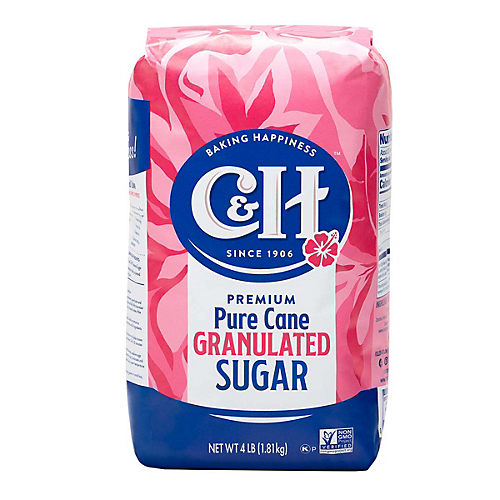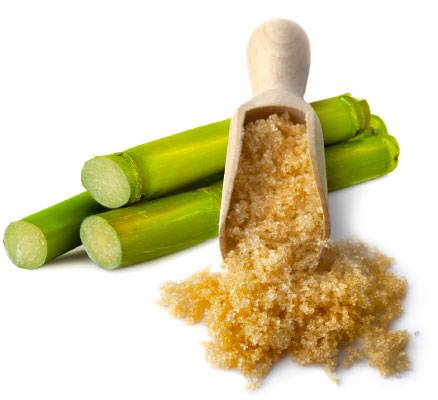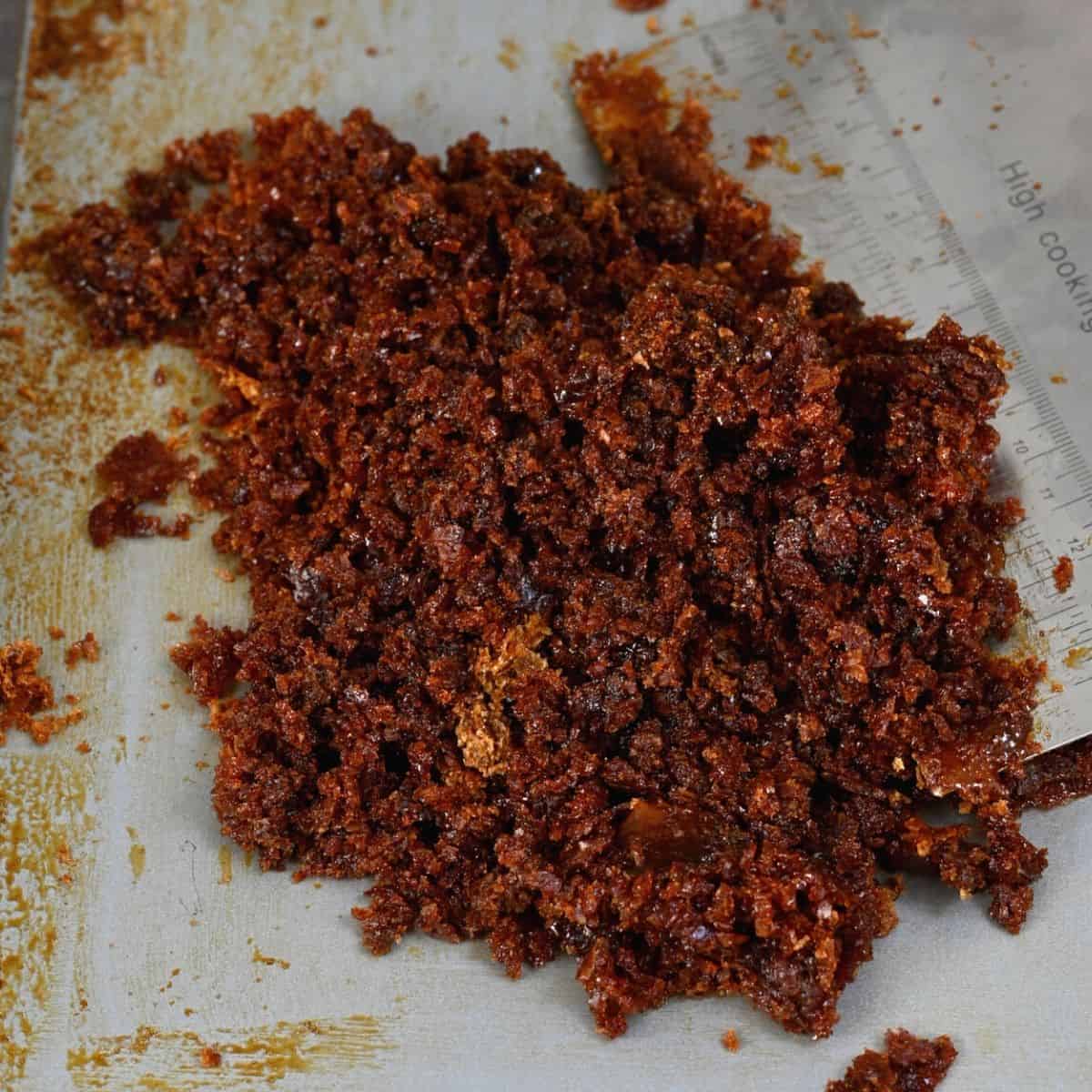Exploring the Comprehensive Tips Involved in Walking Cane Sugar Handling From Harvesting to Improvement
The procedure of walking cane sugar production includes a series of complex actions, beginning with the cautious harvesting of sugarcane and finishing in the refinement phases that ensure the final item fulfills market criteria. Each phase, from the extraction of juice to the filtration and formation procedures, plays an important function in establishing the quality and character of the sugar.
Collecting Sugarcane
Gathering sugarcane is an essential step in the cane sugar handling chain, as it straight affects the top quality and return of the end product. Correct timing and strategies are crucial throughout this stage to ensure ideal sugar material and reduce losses. Usually, sugarcane is gathered when it reaches maturation, normally 12 to 18 months after planting, characterized by a high sucrose focus.

Post-harvest, the sugarcane must be refined promptly to avoid sucrose deterioration. Preferably, collected walking cane must be delivered to refining facilities within 1 day to protect sugar quality. Therefore, effective logistical preparation is critical to keep the stability of the gathered crop throughout the supply chain.
Removal Process

The crushed cane undergoes a collection of pressing operations to make best use of juice recuperation. Typically, warm water is splashed onto the crushed cane, creating a countercurrent circulation that helps liquify the sugar while additionally helping in the removal process. The juice gathered from this operation contains not just sugar yet likewise different organic compounds and contaminations.

To improve removal performance, some centers might employ diffusion methods, where the sugarcane is taken in warm water, permitting the soluble sugars to diffuse into the liquid. The resulting juice, rich in sucrose, is then directed to subsequent handling phases, laying the structure for filtration and improvement. The removal procedure is thus critical in establishing the quality and yield of the last sugar item.
Filtration Techniques
The purification techniques employed in walking cane sugar processing are vital for changing the raw juice right into a high-grade sugar item. These approaches primarily aim to eliminate pollutants, such as soil, plant products, and not natural compounds, which can negatively impact the last product's flavor and shade.
This procedure entails including lime and warm to the raw juice, which facilitates the coagulation of contaminations. In addition, the use of phosphoric acid can improve the clarification procedure by additional binding impurities.
An additional considerable technique is carbonatation, where co2 is introduced to the clarified juice. This response produces calcium carbonate, which catches remaining contaminations and advertises their removal.
Furthermore, turned on carbon treatment might be related to adsorb any kind of continuing to be colorants and organic contaminations, guaranteeing an extra refined item. The mix of these methods properly prepares the sugar juice for subsequent action in the refining process, establishing the phase for the manufacturing of high-quality walking cane sugar.
Crystallization Approaches
After the purification stage, the next critical action in walking cane sugar processing includes formation approaches, which play a crucial role in transforming the made clear juice right into solid sugar. This process commonly employs 2 key methods: spontaneous condensation and regulated formation.
In spontaneous crystallization, supersaturated sugar solutions are allowed to cool normally, leading to the development of sugar crystals over time. This approach permits for the advice consistent development of sugar crystals and greater purity.
During crystallization, the clarified juice is concentrated with evaporation, increasing its sugar content until it gets to supersaturation. As soon as this point is attained, either approach can assist in the condensation process. Cane Sugar Processing. The resultant sugar crystals are after that divided from the continuing to be syrup via centrifugation
Eventually, the option of crystallization approach influences the top quality, dimension, and purity of the final sugar item, making this action crucial in the total walking cane sugar handling procedure.
Improvement and Product Packaging
Exactly how can the purity and top quality of cane sugar be further boosted after condensation? The refinement procedure plays a critical role in attaining high-grade walking stick sugar. Following crystallization, sugar goes through a detailed cleaning to eliminate contaminations and residual molasses. This is generally completed utilizing cozy water or heavy steam, which assists liquify and remove unwanted aspects while preserving the sugar crystals.
Next, the sugar undergoes a process called centrifugation, where it is rotated at high speeds to divide the detoxified sugar crystals from the remaining fluid. After centrifugation, the sugar is often more refined with an approach called carbonization or phosphatation, which utilizes triggered carbon or phosphoric acid to remove color and off-flavors.
As soon as refined, the sugar is dried to accomplish the wanted dampness content, ensuring that it continues to be secure during storage and transportation. The final action entails packaging the refined sugar in impermeable and moisture-proof containers to maintain its quality and avoid contamination. Cane Sugar Processing. Correct product packaging not just expands life span yet additionally promotes very easy handling and distribution, making certain that consumers obtain sugar that fulfills the greatest requirements of pureness and high quality
Final Thought
The comprehensive actions associated with cane sugar processing, from the precise harvesting of sugarcane to the elaborate refinement and packaging stages, underscore the importance of each phase in Web Site ensuring high-grade sugar manufacturing. Optimum harvesting strategies, effective extraction methods, and rigorous purification processes jointly add to the end product's purity and stability. The crystallization and subsequent product packaging techniques better improve the integrity and service life of the sugar, highlighting the complexity and accuracy intrinsic in this essential farming market.
The process of walking cane sugar helpful site manufacturing includes a series of intricate actions, beginning with the careful harvesting of sugarcane and finishing in the improvement stages that ensure the last product meets sector criteria. Preferably, harvested walking cane must be delivered to processing centers within 24 hours to maintain sugar top quality.In spontaneous condensation, supersaturated sugar solutions are enabled to cool normally, leading to the formation of sugar crystals over time - Cane Sugar Processing. The refinement procedure plays a critical function in attaining top notch cane sugar.The thorough actions included in walking cane sugar processing, from the thorough harvesting of sugarcane to the complex improvement and packaging phases, emphasize the significance of each stage in guaranteeing high-grade sugar production
Comments on “Cane Sugar Processing: Ingenious Strategies for Top Quality Manufacturing”